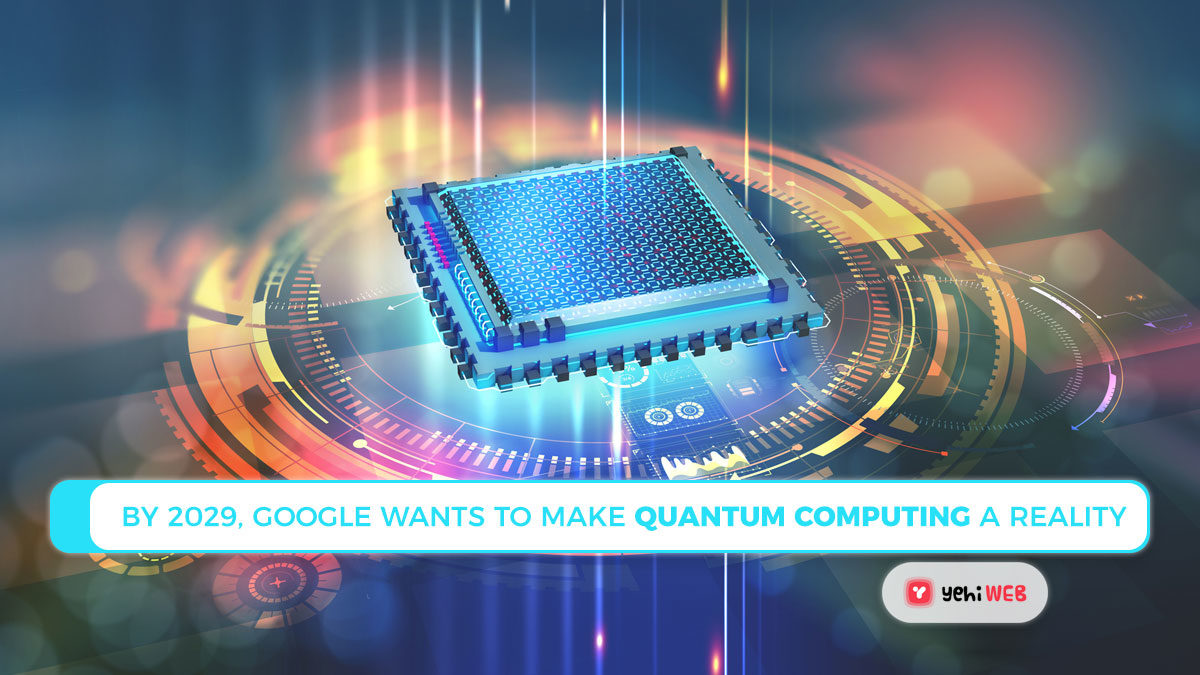Google creates products for both consumers and businesses, but it takes a lot of specialized computer science to make them function. Around 20 years ago, the company began working with neural networks, which enabled many of the wonderful features we now take for granted on the user side.
Quantum Computing
Google’s next moonshot is the Quantum AI campus, where the company wants to construct a usable, error-corrected quantum computer within the next decade. Although ten years may seem like a long time, cracking quantum computing will be difficult.
Quantum mechanics is the language of the universe, as Google said during the recent opening of their quantum campus. Qubits, or quantum bits, may be entangled in complex superpositions of states that mimic the behavior of actual molecules.
A computer that understands that language has the ability to do computations far quicker than typical binary systems, allowing for precise simulations that might speed up battery development, drug discovery, unbreakable encryption, and more.
Several cryostats (shown below) hold quantum computers and keep them cold to practically absolute zero at the Quantum AI facility. This is an attempt to decrease quantum interference and other sorts of decoherence-related errors.
In 2019, Google claimed to have achieved “quantum supremacy” by performing a computation that would have been impossible to do on a traditional computer. While some of Google’s competitors have questioned this claim, the company’s quantum computers will remain useless unless the error rate is reduced.
In classical computing, redundancy is used to correct errors. You make copies of the information, and if one of the copies later proves to be incorrect, you can correct the error. You can’t duplicate quantum information without breaking the entanglement, though (known as the no-cloning theorem).
Google intends to get past this seeming constraint by constructing 1,000 physical qubits, each of which may potentially encapsulate a single “logical qubit” by distributing data around. This qubit would have flawless error correction and would stay coherent even if the power was turned off. Google believes it can make a quantum transistor out of two error-corrected logical qubits if this scales. This innovation might pave the way for quantum computing to become a reality.
Saad Shafqat
Related posts
New Articles
10 Best Warehouse Inventory Software Systems In 2025
Managing warehouse inventory efficiently is crucial for maintaining a healthy supply chain, minimizing losses, and optimizing product flow. As we…


